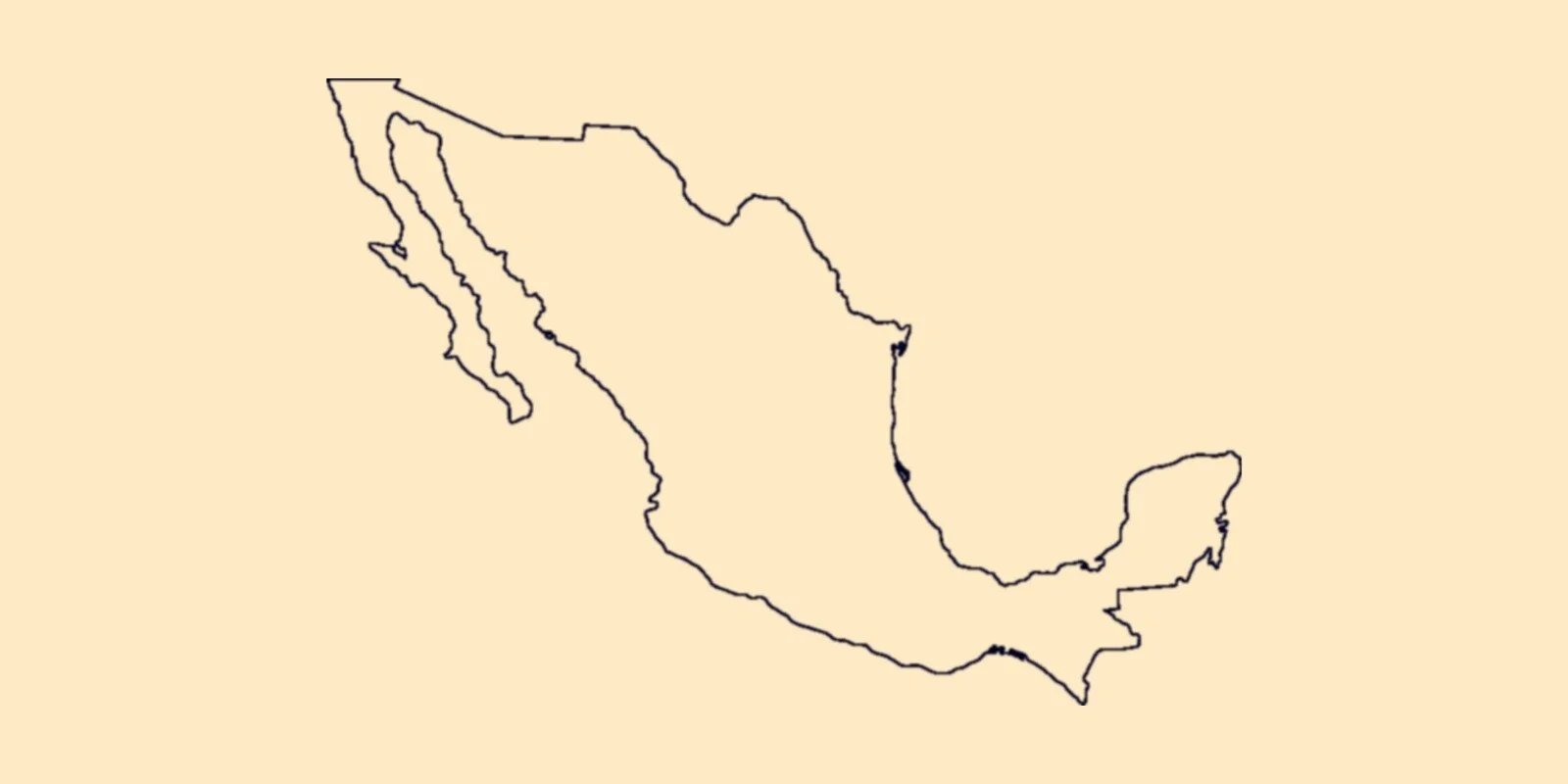The story of Jonathan González reflects the relationship of immigration and football in the USA.
González, a US-born player of Mexican ancestry, could either represent the Stars and Stripes or Mexico, and in fact actually played for both countries. As a youngster, González played for the youth teams of the USA, but in 2018 he made a onetime switch to represent Mexico. Since then, González played for El Tri only 3 times, but at 20 years old, he is bound to get more chances soon. Meanwhile, González is part of the Olympic team. If Mexico will qualify to the Olympic games in Japan, he would probably be an essential part of that campaign.
But González is more than an example of the tense relations between USA and Mexico. González is also a product of a special program that tries to promote the Hispanic youngsters in the country. This project is called “Alianza de Futbol”. But before we dive into the details of this program, let’s have a look at what preceded it.
The United States is widely based on immigration, even before it gained independence. Whether it was forced immigration (slaves) or self-willing, it was the one of engines behind the empire that this country became. The US is still attracting immigrants from all over the globe. The vast majority are Latin immigrants, most of them being Mexicans. Those who are first generation, usually know and feel where their heart belongs, but the question comes when you are the second generation or even third. It’s not a secret that when the Mexican national team plays on American soil, their games are usually sold out in advance. In most of these games, the Mexican fans are the majority in the stands.
For many years, US soccer was criticized over being a sport for “Rich kids” whose families can pay the expensive tuition at high-level academies. With Soccer becoming the fastest growing sport in the USA, this situation changed. The U20 team that played in the last World Cup had many players with Latin roots. Julian Araujo, Alex Mendez, Richard Ledezma, Ulysses Llanez, Sebastian Soto and more are some examples. One of the reasons that the US National teams are getting their “Latin touch” is Alianza de Futbol.
Focusing only on Hispanic origin youngsters, the organization brought the opportunity to those who couldn’t or didn’t have the means to be a part of the traditional soccer academies. With a network of scouts and coaches country wide, Alianza de Futbol is providing the infrastructure and environment that Hispanic youngsters could benefit from. But it’s not only a playing ground for those youngsters. Being part of the organization means that those youngsters can get another perspective of life, one that their parents, perhaps, did not have.
Former football stars like Luis Hernandez and the legendary goalkeeper Jorge Campos participated in some of these camps, motivating and inspiring the young players and even gave them some tips on what it takes to become a professional player. Although most of the young players are from Mexican ancestry, it is important to say that other nationalities are not excluded from the program. You can find youth of Honduran or Colombian decent in the program, and even the famous Colombian star Carlos “El Pibe” Valderrama participated in the Alianza Program.
Carlos “El Pibe” Valderana visits one of Alianza de Futbol’s camps
Alianza’s program is well connected within the football world. US, Mexican and even European clubs have some collaborations with Alianza in order to find the next talent. As we mentioned before, González himself started with Alianza before he was recruited by the Mexican giants Rayados de Monterrey at the age of 14. Alianza also sends players abroad in order to showcase their talent, like playing in Spain against youth teams of the Spanish league.
There are some other players who turn out to be some of Mexico’s future stars. Santiago Muñoz from the U-20 team of Santos Laguna is another example of a player who started his way with Alianza. Muñoz was part of the Mexican U-17 squad that reached the 2019 World Championship finals against Brazil, and according to the scouting reports he has a bright future ahead of him.
Recently, Alianza has signed a very interesting collaboration agreement with Chivas Guadalajara. This collaboration is a steppingstone for both Alianza as well as for the famous Mexican club. The Mexican club has a policy of “puro Mexicano”, Meaning that the club will play only with players that will represent Mexico on an international level. Chivas already has players that were born on US soil with some examples like Isaác Brizuela or Miguel Ponce, but all those players chose to represent Mexico.
The Mexican giants understand that north of the border lies a gold mine of talent that hasn’t been receiving the attention that it deserves. At Alianza, a vast part of the players comes from families with Mexican ancestry and Spanish is a common language in the training at least as English, if not more. Most of those youngsters have a favourite Mexican team they support, and might even prefer to support the Mexican national team over the US one. So, there is an inner conflict of national identity. While some players choose to represent their parent’s nation instead of their birth country, others are not so convinced. With Chivas entering the scene, it is left to see if this can affect questions of national identity even more.

